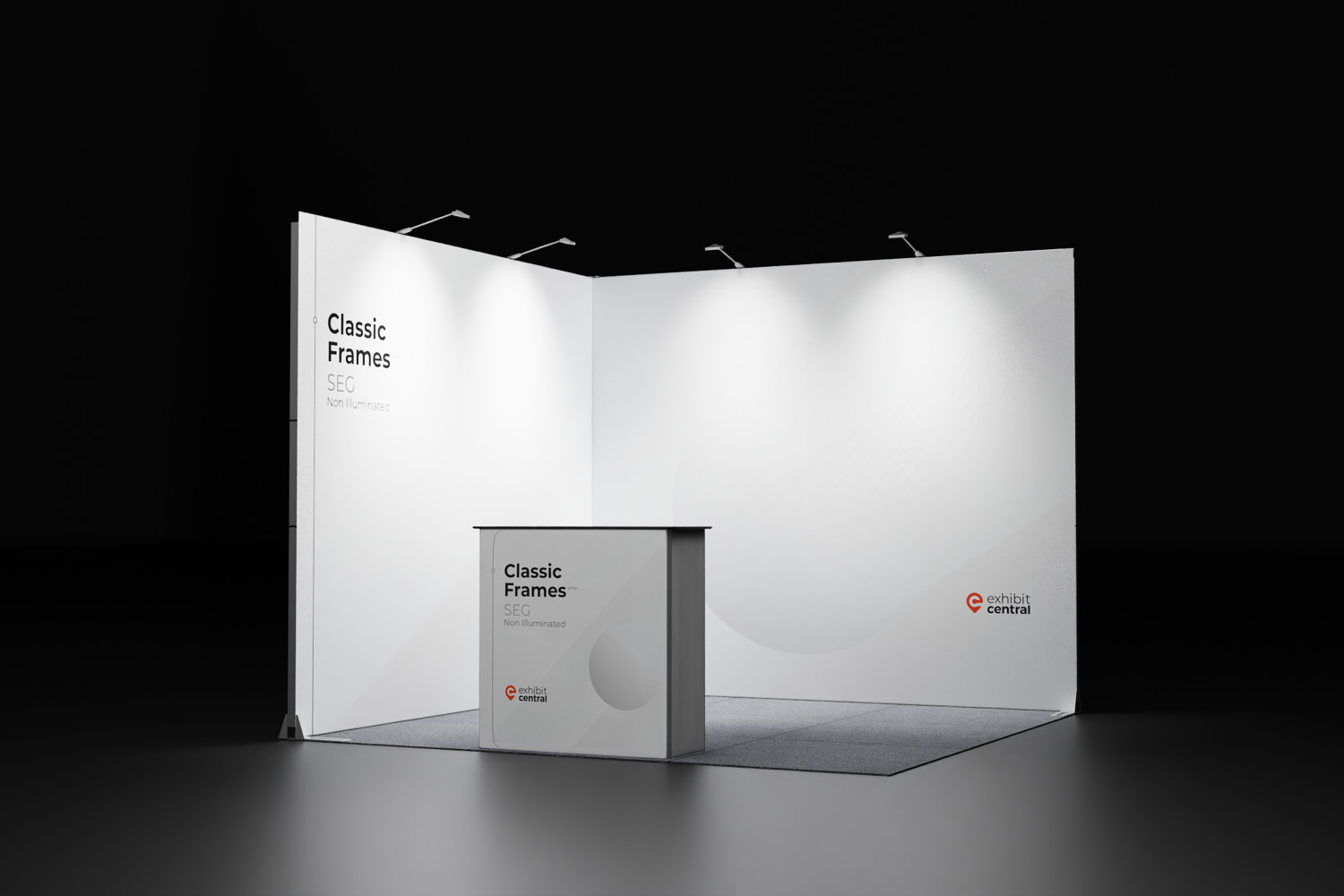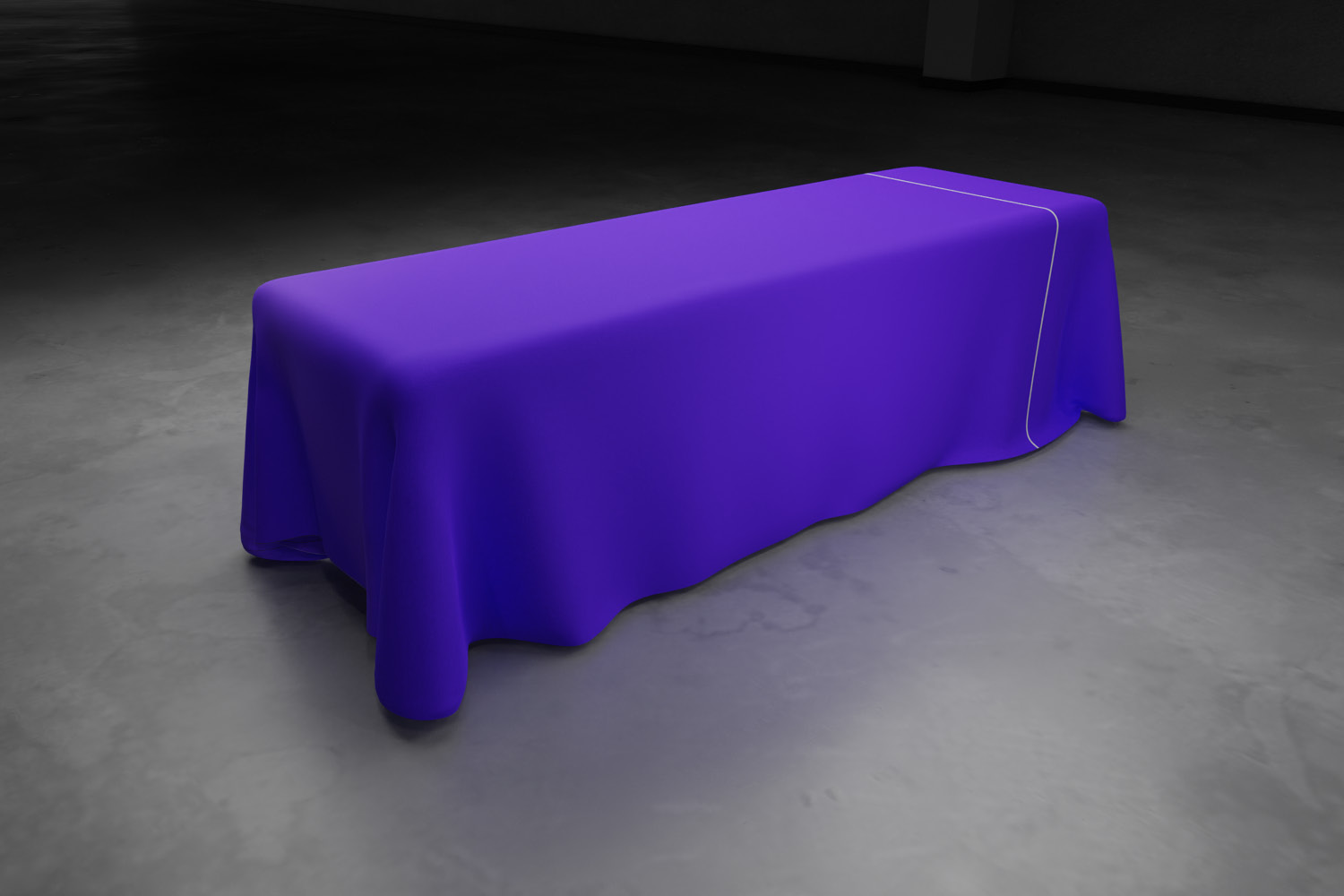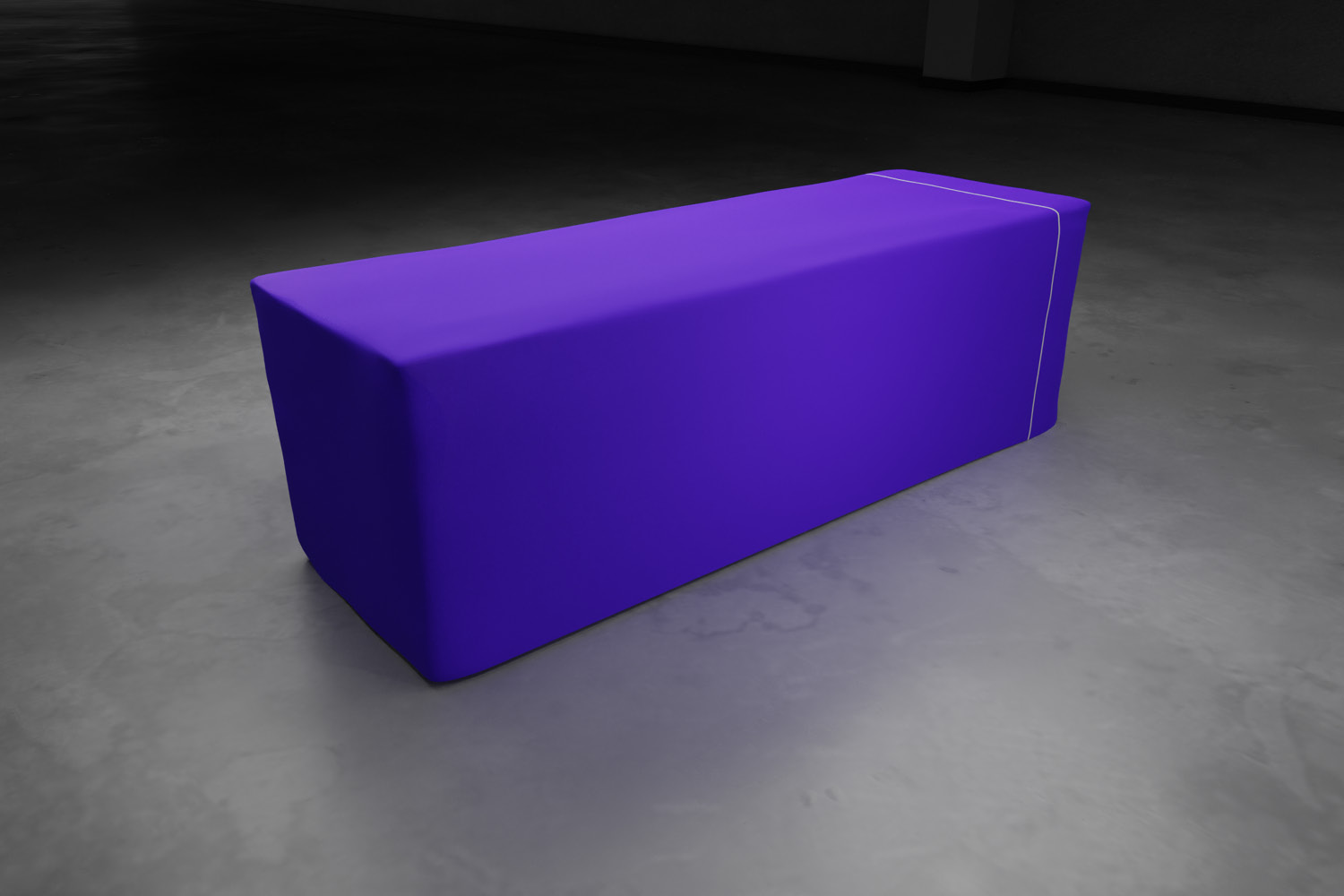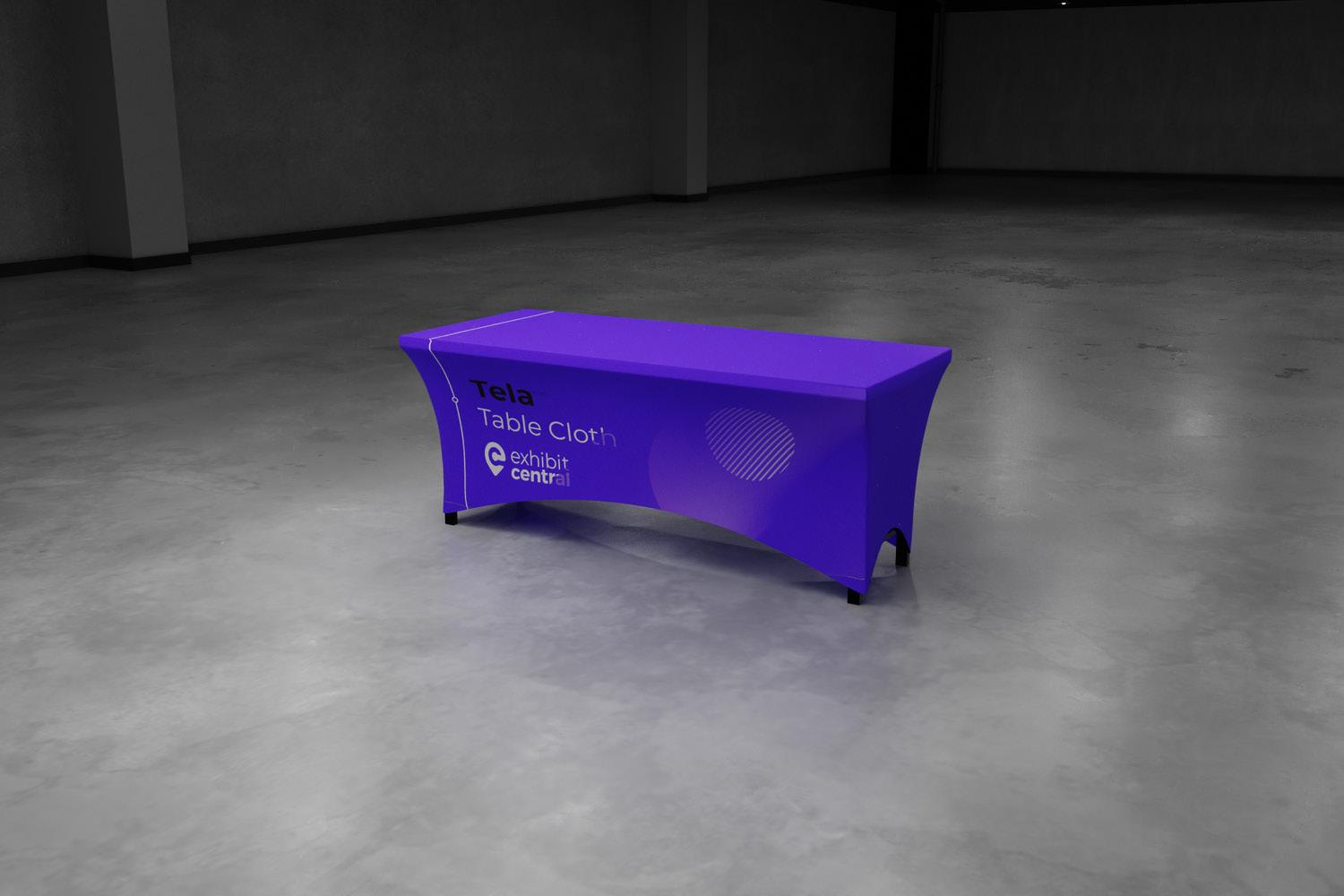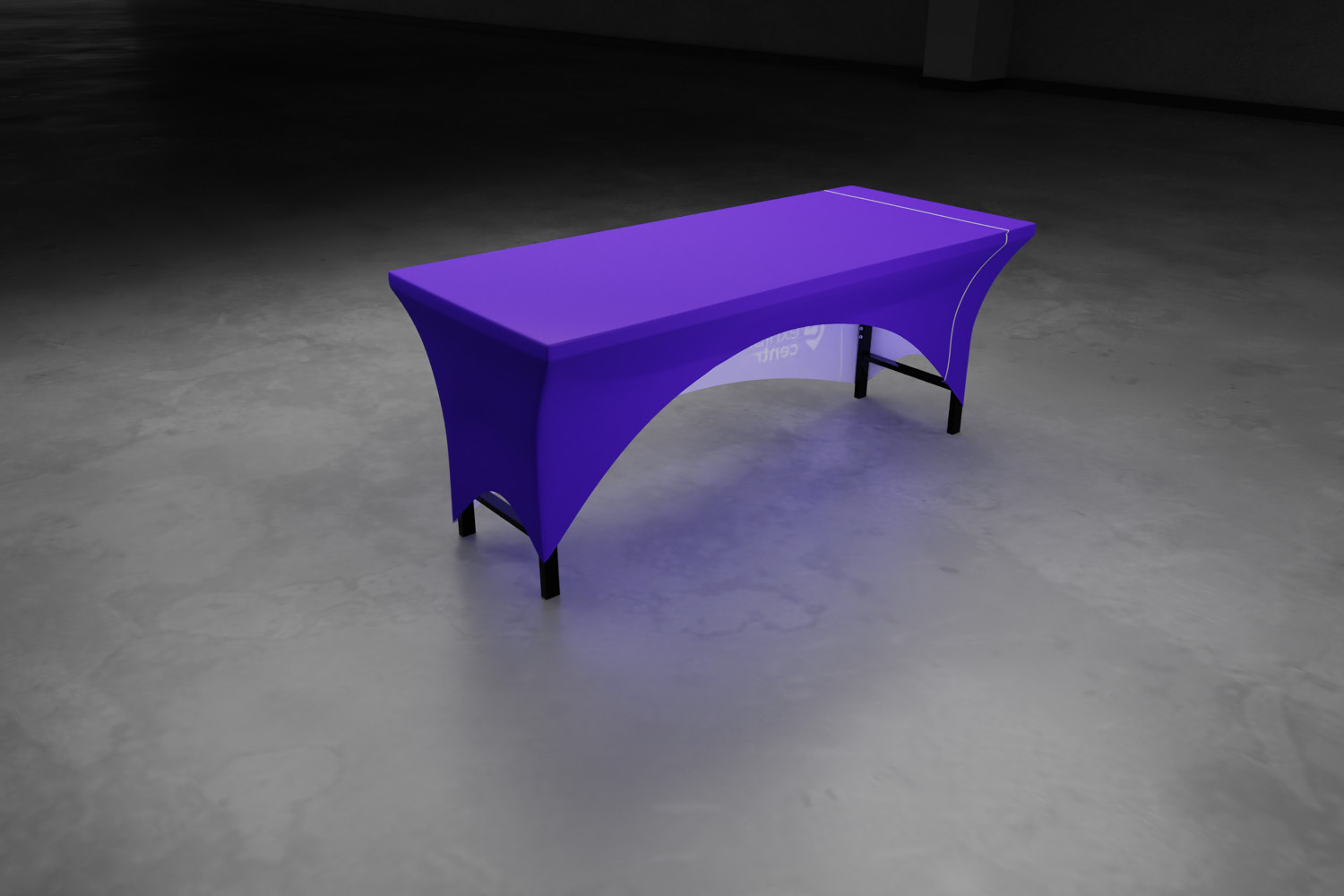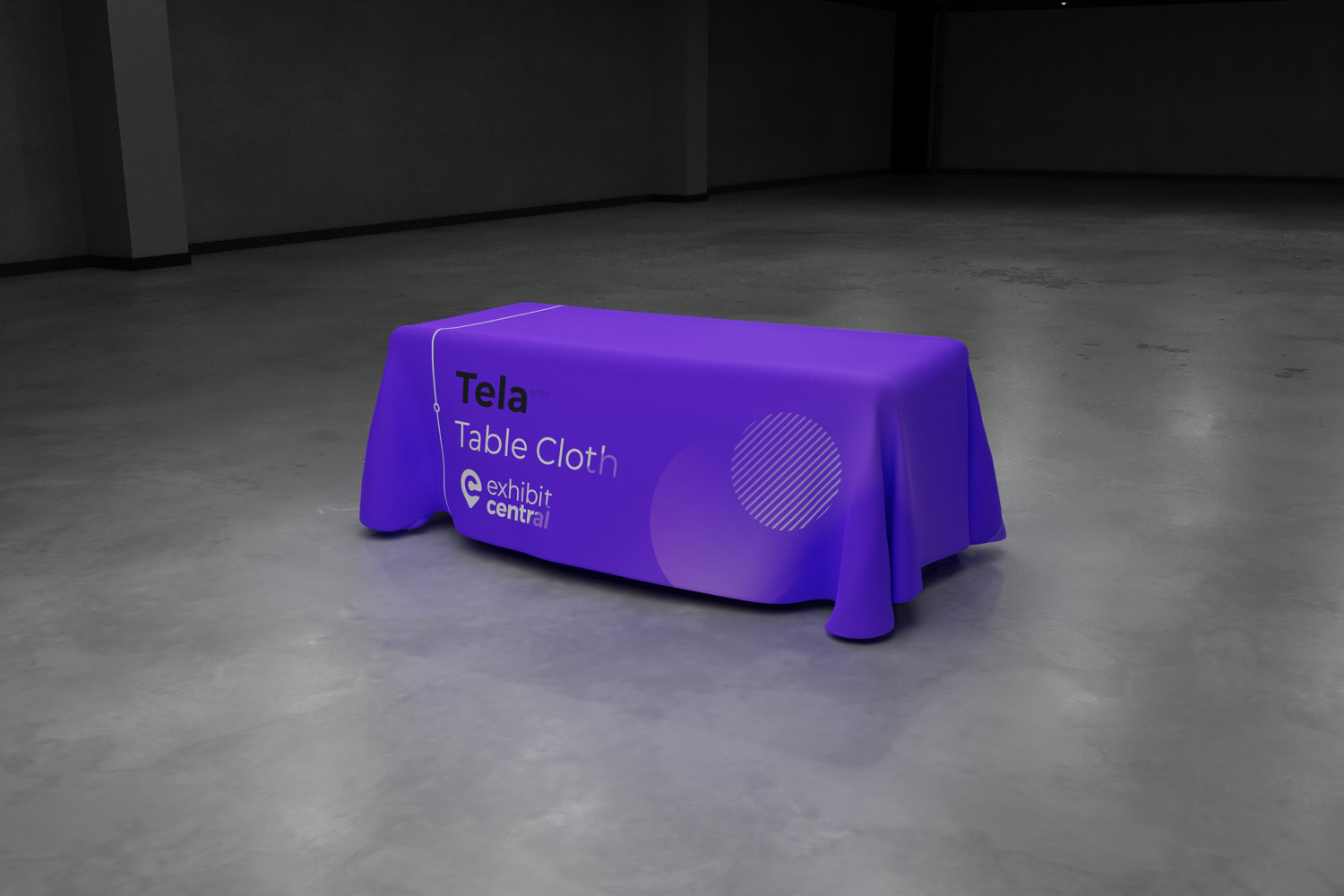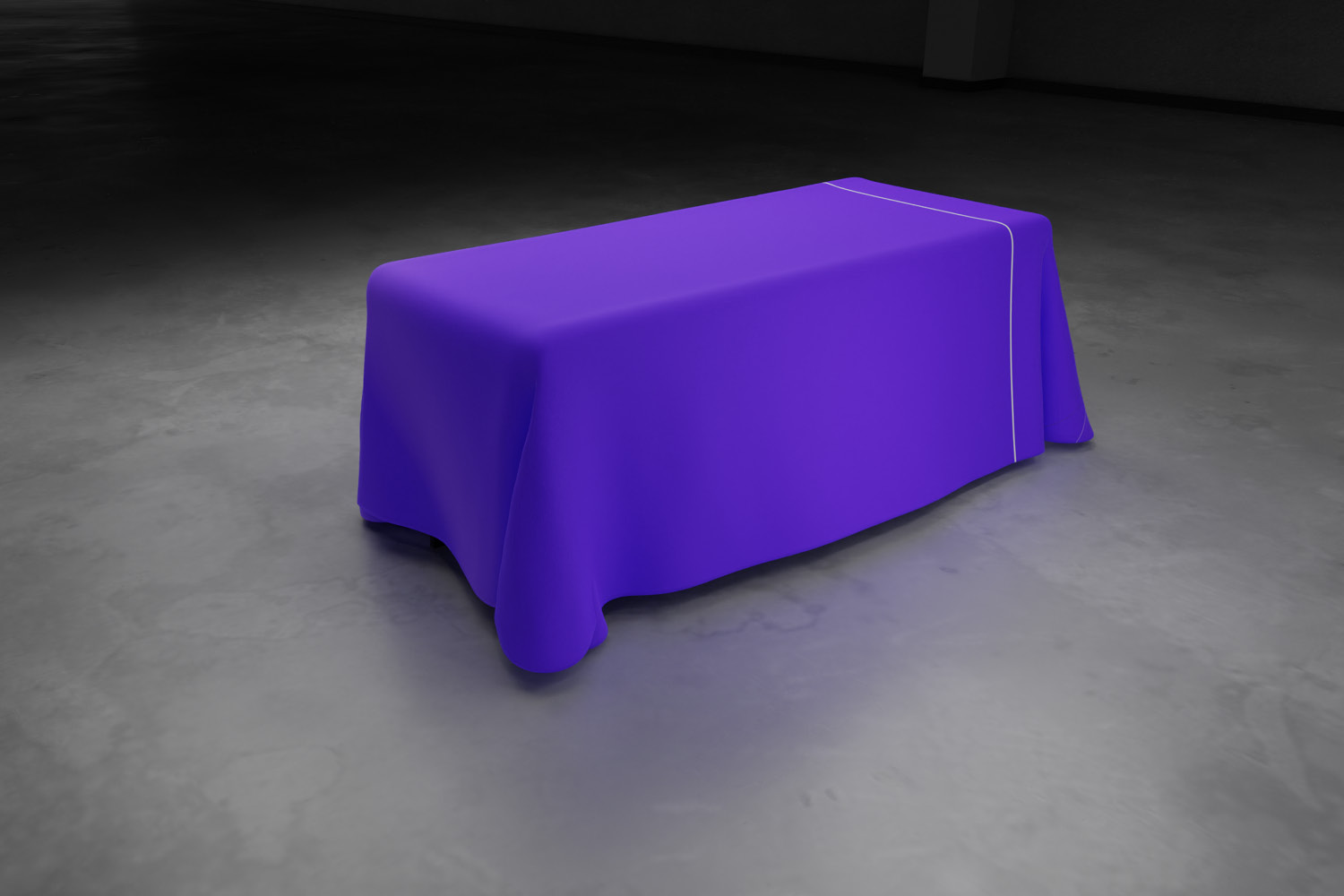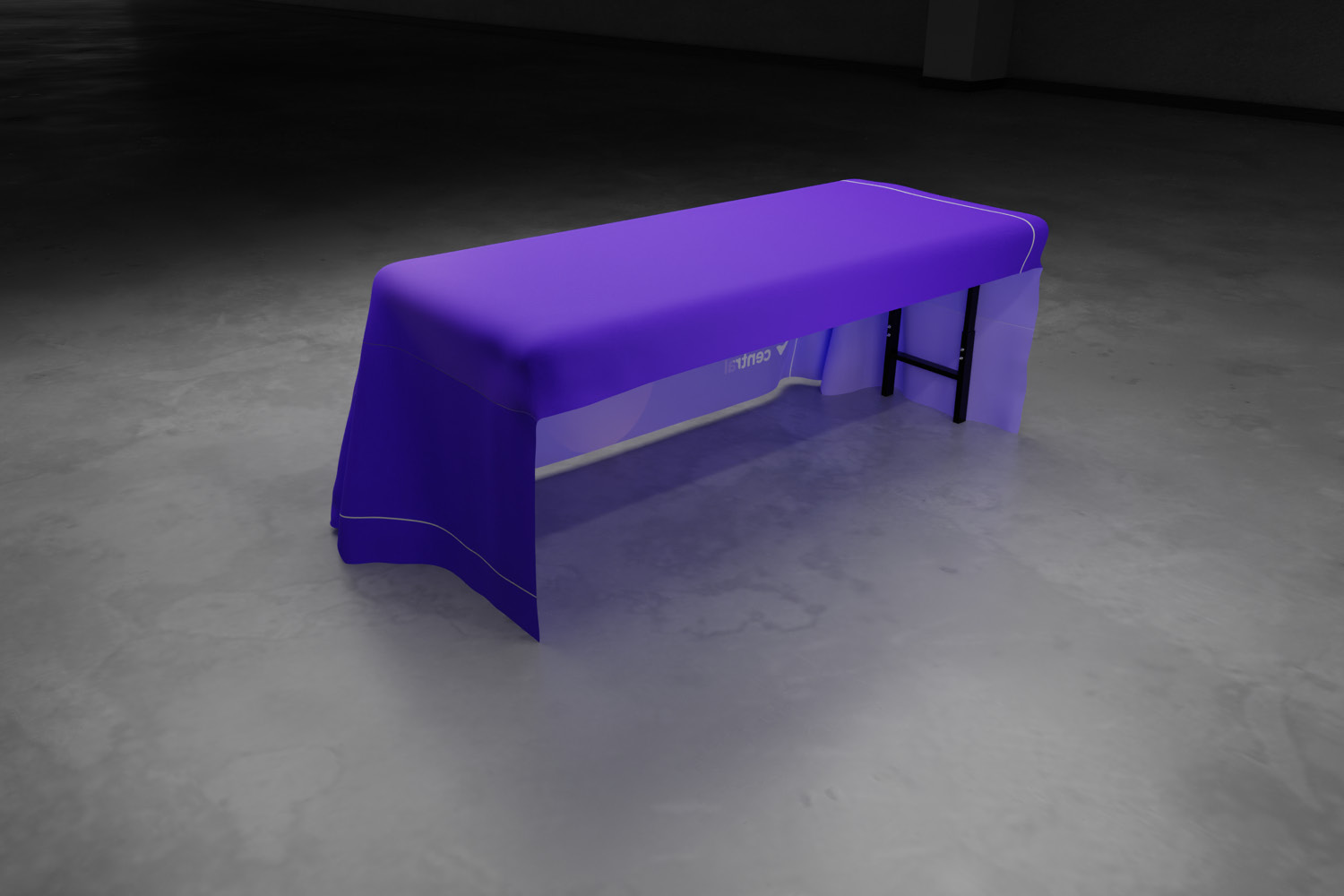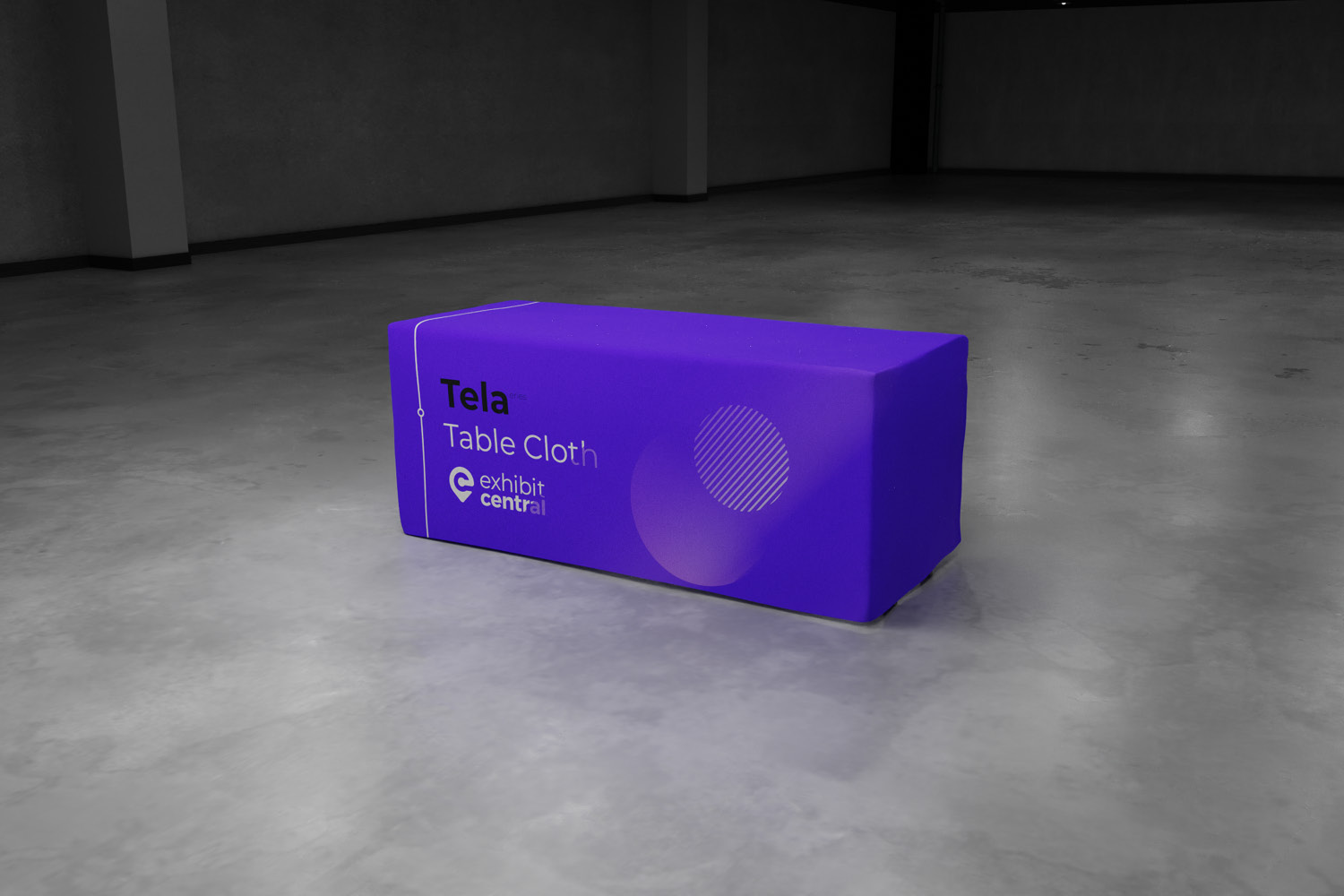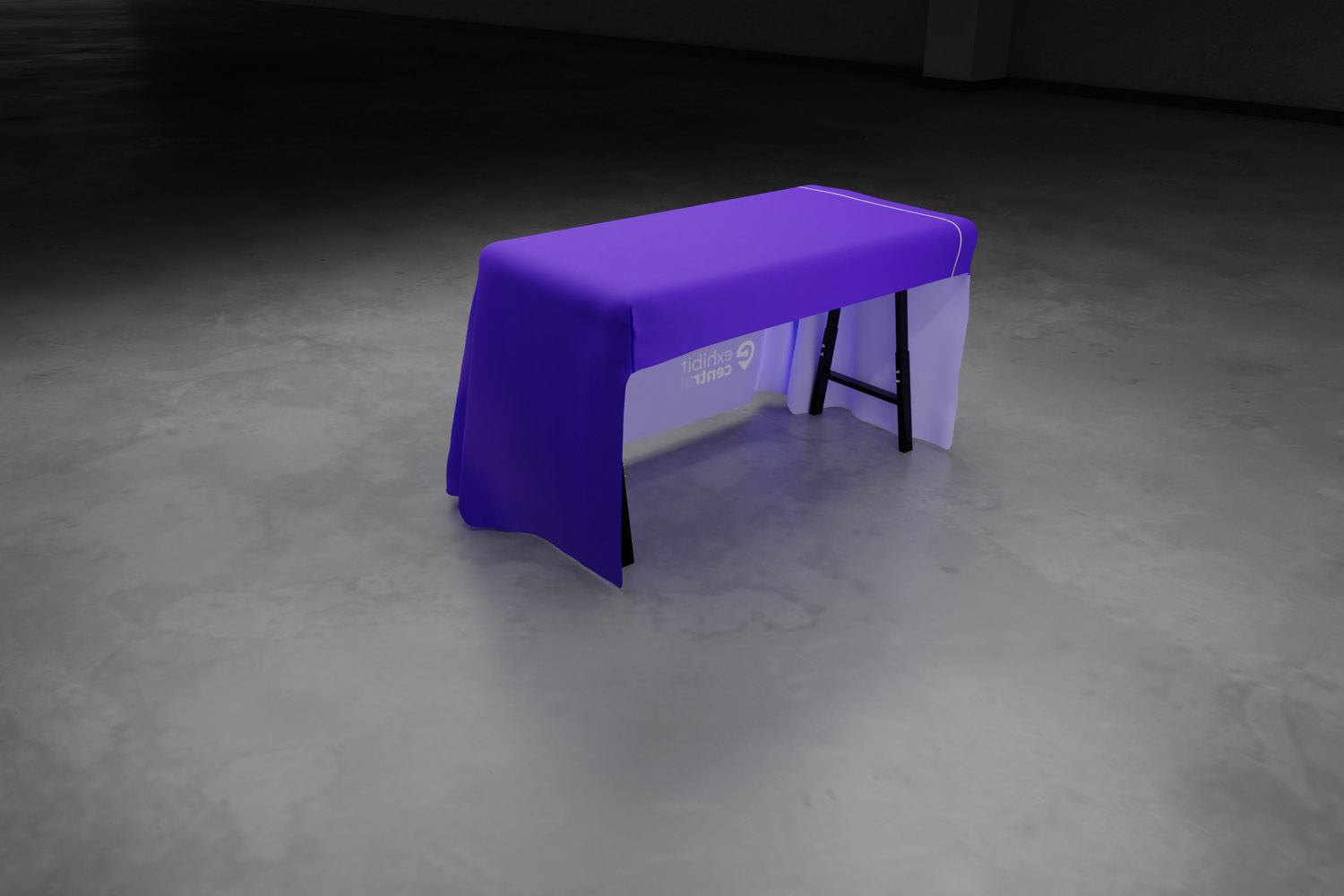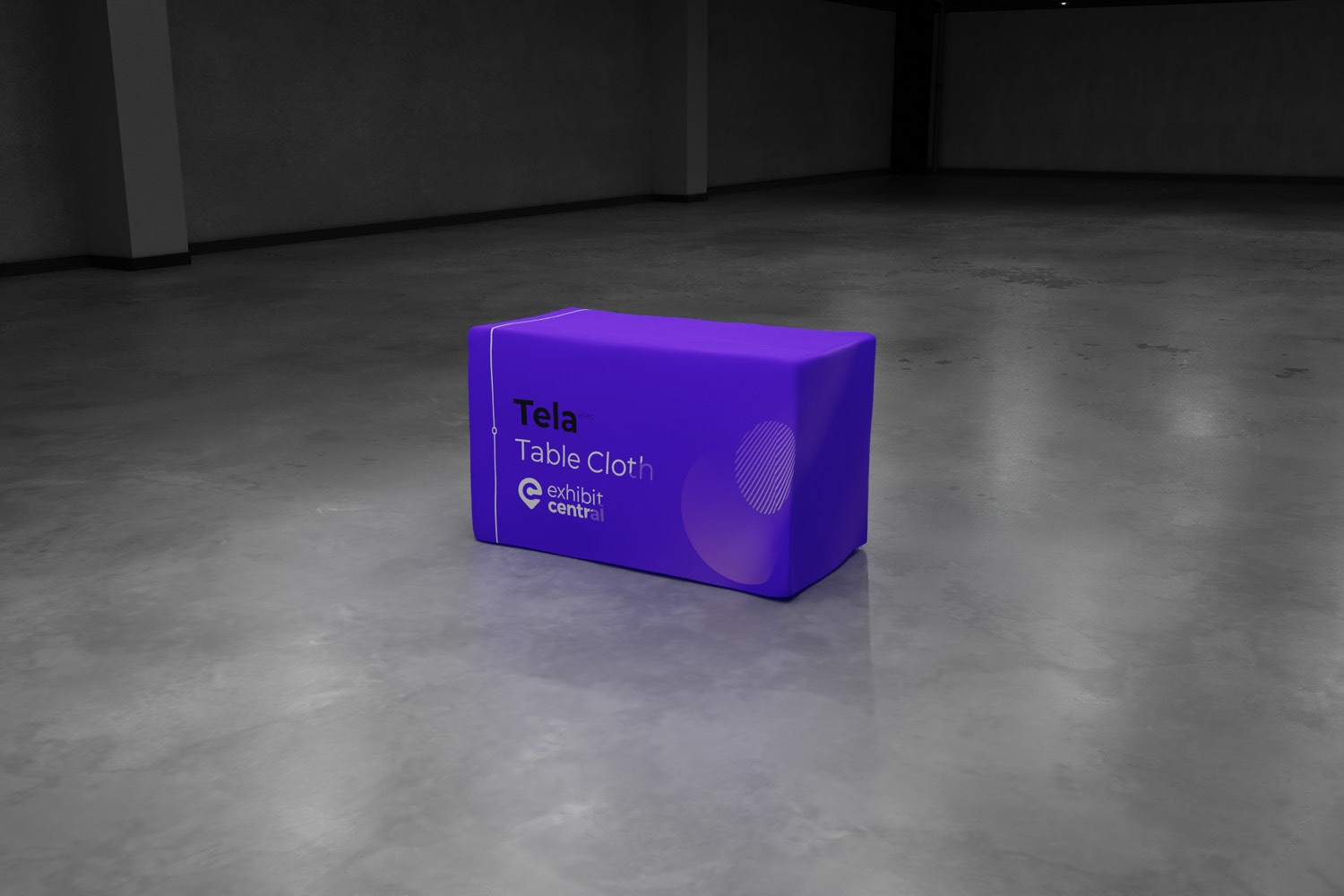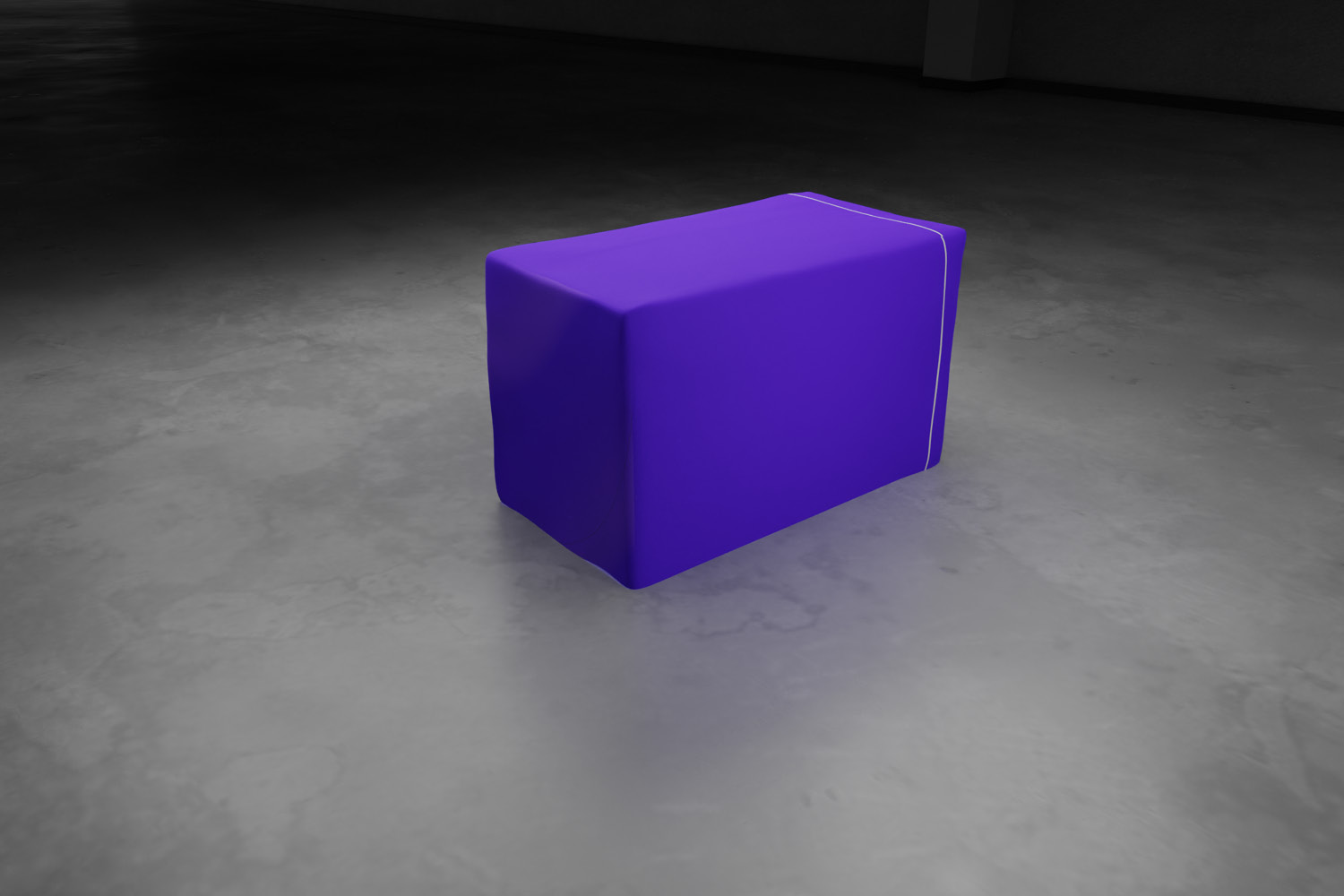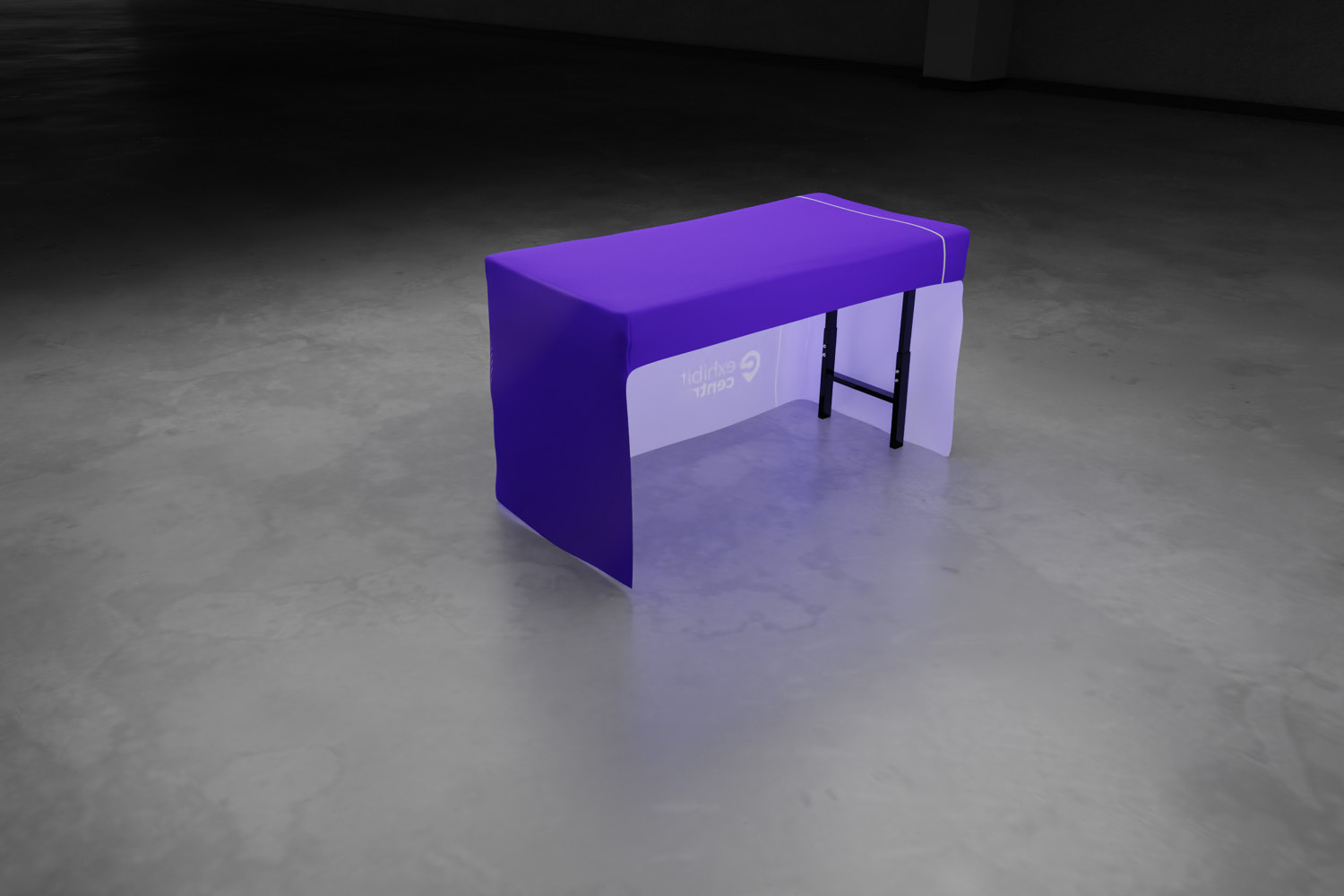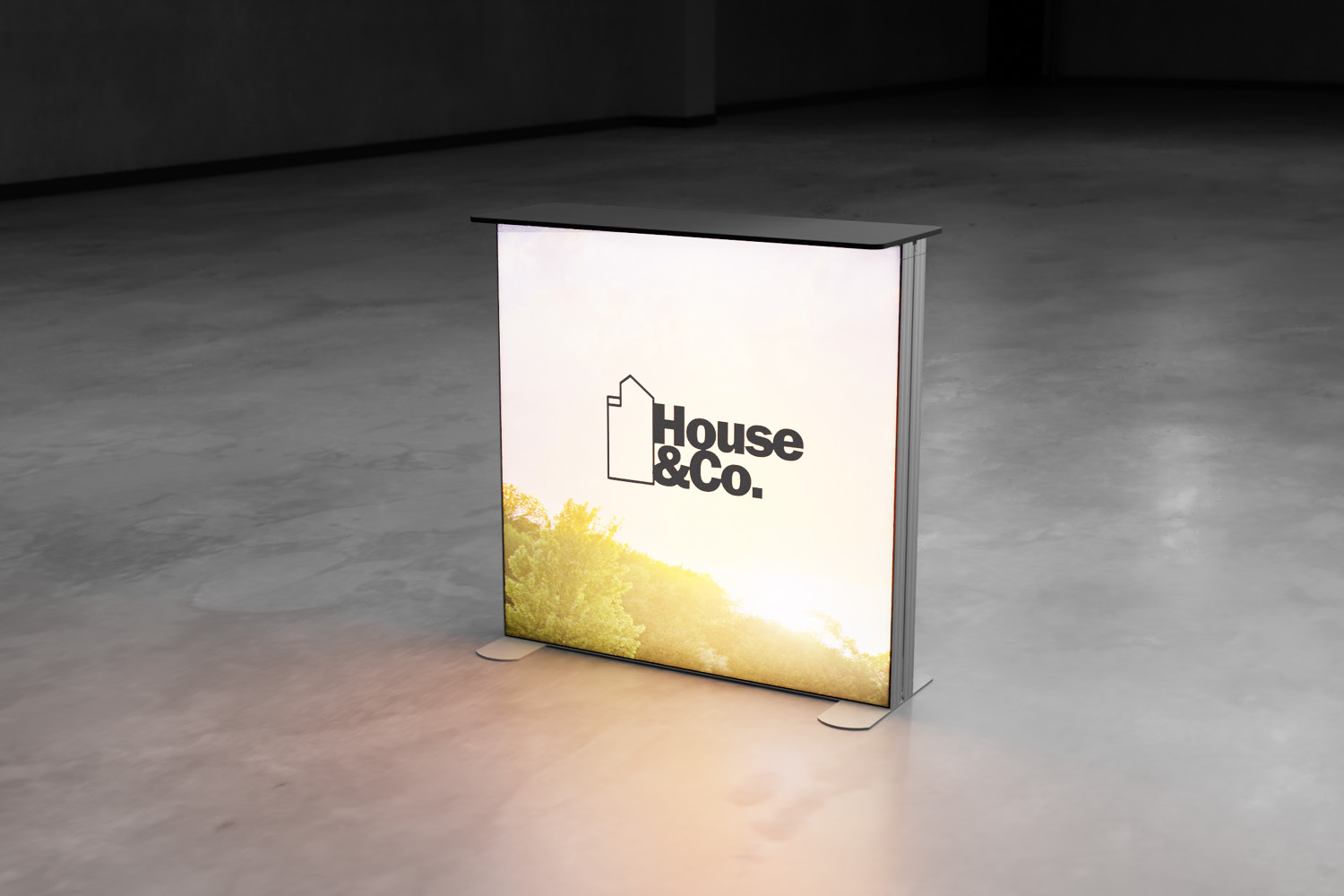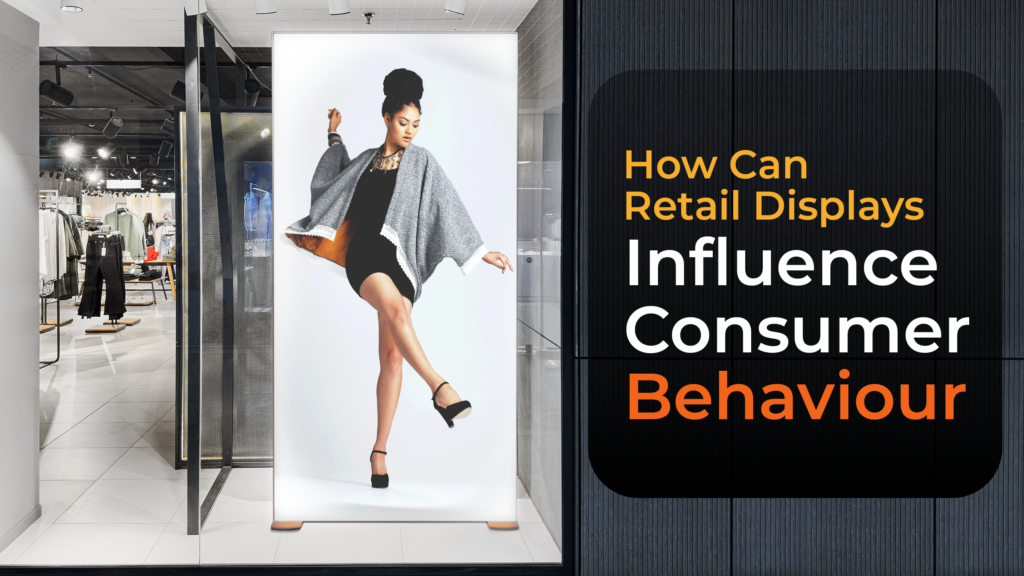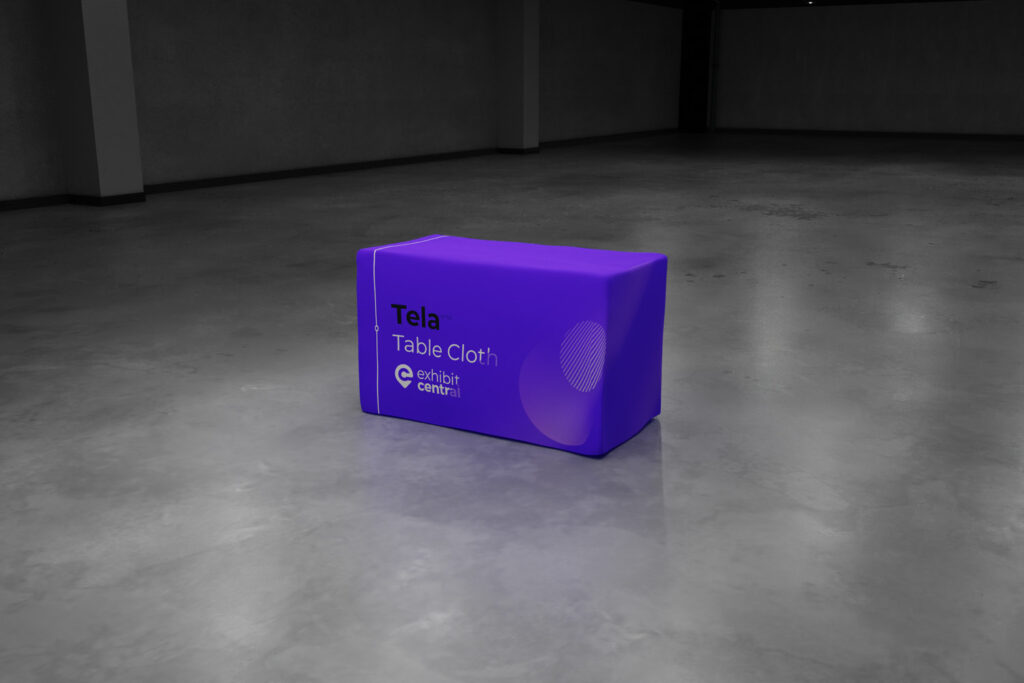
The way you present your products can make a significant impact on sales and customer engagement. Store displays play a vital role in showcasing merchandise, creating an inviting shopping environment, and influencing purchase decisions. With a wide array of options available, it’s essential to understand the different types of retail displays and how to choose the right shop display for your business. In this article, we will explore what store displays are, discuss the various categories of retail displays, delve into different types of displays in stores, and provide tips on the best way to display your products.
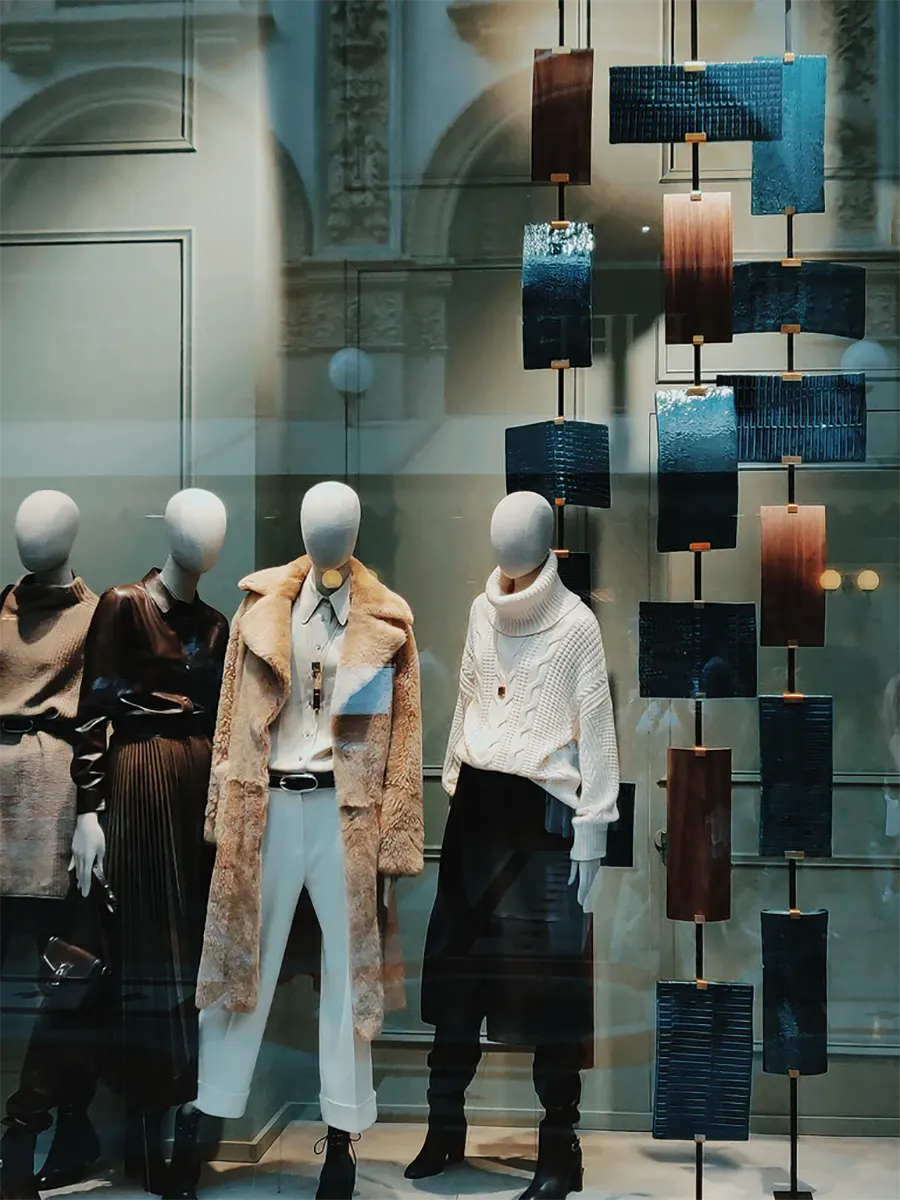 Within these broad categories, there are various types of visual merchandising that can be utilised based on the specific needs of your business. Some common types include:
Within these broad categories, there are various types of visual merchandising that can be utilised based on the specific needs of your business. Some common types include:
What is a store display?
A store product display refers to the visual presentation and arrangement of products within a retail environment. It involves strategically showcasing merchandise to capture the attention of customers, highlight key features, and entice them to make a purchase. Retail displays go beyond mere product placement; they create an immersive shopping experience, communicate the brand’s identity, and reflect the overall aesthetic of the store. Effective retail displays can significantly impact customer engagement, brand perception, and sales performance.What are the store display categories?
Store displays can be broadly categorised into the following types: Window displays: Window displays are designed to attract attention from passersby and entice them to enter the store. They often feature eye-catching visuals, creative props, and carefully curated visual merchandising that reflect the store’s theme or upcoming promotions. Window displays serve as a powerful marketing tool, creating a first impression and setting the tone for the entire store. Floor displays: Floor displays are larger, freestanding structures placed strategically throughout the store. These displays can take the form of retail display shelves, racks, or fixtures that showcase a range of products. Floor displays are ideal for promoting new arrivals, seasonal items, or featured products. They can be positioned in high-traffic areas or near checkout counters to maximise visibility and encourage impulse purchases. Endcap displays: Endcap displays are located at the ends of store aisles, providing an opportunity to highlight specific products or promotions. These displays are effective in capturing the attention of customers as they navigate through the store. Endcap displays can be customised to fit the store’s theme and are particularly useful for showcasing high-margin or impulse-buy items. Countertop displays: A countertop display is a small, compact shop display placed on counters or checkout areas for great visual merchandising. They are perfect for featuring small, high-margin items or last-minute add-on purchases. Countertop displays can be used to display items like cosmetics, accessories, or snacks, encouraging customers to make additional purchases while they wait in line.What are the different types of display in stores?
 Within these broad categories, there are various types of visual merchandising that can be utilised based on the specific needs of your business. Some common types include:
Within these broad categories, there are various types of visual merchandising that can be utilised based on the specific needs of your business. Some common types include:
- Product shelf display: This type of visual merchandising utilises retail display shelves to showcase products. The shelves can be adjustable, allowing for flexibility in displaying items of different sizes. Product shelf displays are versatile and can be used to display a wide range of merchandise, from clothing and accessories to electronics and home goods.
- Tabletop display: Tabletop displays are small visual merchandising portable displays that can be placed on tables, countertops, or other flat surfaces. These displays are ideal for featuring smaller items or creating focal points for specific product lines. Tabletop displays are commonly used in boutique stores or trade show exhibitions.
- Pegboard display: Pegboard displays consist of a board with evenly spaced holes and pegs that hold and display merchandise. These retail display units are versatile and allow for easy rearrangement of products. Pegboard displays are commonly used for hanging items such as clothing, tools, or accessories.
- Gridwall display: Gridwall displays are made of wire grids that can be mounted on walls or used as freestanding fixtures. Gridwall displays provide a flexible and customisable solution for displaying a variety of products. By using hooks, shelves, or baskets, you can showcase items such as clothing, accessories, or small household goods.
- Slatwall display: Slatwall displays feature slotted panels that can accommodate various display accessories such as hooks, shelves, or brackets. These displays offer versatility in arranging and showcasing products. Slatwall displays are commonly used in retail stores to display clothing, shoes, or other hanging merchandise.
- Mannequin display: Mannequin displays involve the use of life-sized human figures to showcase clothing and accessories. These free standing displays allow customers to visualise how the items look when worn and create a sense of style and fashion. Mannequin displays are commonly used in clothing stores or boutiques.
- Digital displays: With the advancement of technology, digital displays have become increasingly popular in stores. These displays use screens or video walls to showcase dynamic content, advertisements, or product information. Digital displays can be interactive, engaging customers and providing an immersive shopping experience.
What is the best way to display products?

Choosing the right store display for your products is crucial for maximising their impact to encourage customers and increase sales on the shop floor. Here are some tips to consider when displaying your products:
Know your target audience: Understand your target audience’s preferences, shopping habits, and needs to increase sales. This will help you determine the most effective type of display for your products. For example, if your target audience is tech-savvy, incorporating digital displays may be more appealing.
Consider the product characteristics: Take into account the size, shape, and fragility of your products when selecting window display. Fragile items may require secure shelving or protective enclosures, while small items can benefit from tabletop or countertop displays that bring them to eye level.
Highlight key features: Determine the unique selling points of your products and design a window display that emphasise those features and is simultaneously attractive. Use business signages, lighting, or props to draw attention to the most important aspects of the product.
Create a cohesive visual aesthetic: Ensure that your store displays align with your brand identity and the overall ambiance of your store. Consistency in visual aesthetics creates a cohesive and memorable shopping experience for customers.
Rotate and refresh displays: Keep your displays fresh by regularly rotating products and updating their presentation. This prevents monotony and encourages repeat visits from customers.
Pay attention to spacing and organisation: Avoid overcrowding displays, as it can overwhelm customers and make it difficult for them to browse. Instead, create an organised and visually appealing arrangement that allows customers to easily view and access products.
Utilise lighting effectively: Proper lighting can significantly enhance the visual appeal of your displays. Consider using spotlights or accent lighting to highlight specific products or create a desired ambiance within your store.
Incorporate interactive elements: If appropriate for your products, include interactive elements in your displays. This could involve touch screens, product demonstrations, or virtual try-on options. Interactive displays encourage customer engagement and provide a memorable shopping experience.

Store displays are powerful tools for attracting customers, promoting products, and creating a unique shopping experience. By understanding the different types of store displays and selecting the ones that best suit your business, you can effectively showcase your products, engage customers, and drive sales. Consider the nature of your products, target audience, and overall store aesthetic when choosing the right displays. Experiment with various types of displays, and don’t be afraid to refresh and update them regularly to keep your store dynamic and appealing. With thoughtful and strategic store displays, you can elevate your retail business and create a lasting impression on your customers.
Share
Facebook
LinkedIn
Author
Geim Bernard Eran
Geim, a seasoned Product Manager at Exhibit Central, efficiently manages product orders, stock count, and research and development initiatives, demonstrating a sharp focus on market trends and dedication to excellence. He enhances customer experiences through product training, creating compelling marketing materials, and user-friendly instruction manuals, all while ensuring efficient product management and development.
Latest posts
Exploring the World of Self Build Exhibition Stands
The world of trade shows and exhibitions can be intimidating, especially for first-time exhibitors. But fear not! Self-build exhibition stands …
How Can Retail Displays Influence Consumer Behaviour?
Upon entering a store, the retail display often serves as a visual magnet, instantly capturing attention. Whether it’s a small …
From Attraction to Action: Psychological Strategies for Exhibition Display Stands
We all know that trade floors, exhibition halls, conferences, and retail stores are a whirlwind of activity and a battleground …
Drape in Style: Your Ultimate Guide to Choosing Custom Table Cloths
Ditch boring banquet tables and lacklustre trade show booths. Custom table cloths are the secret to transforming any space into …


